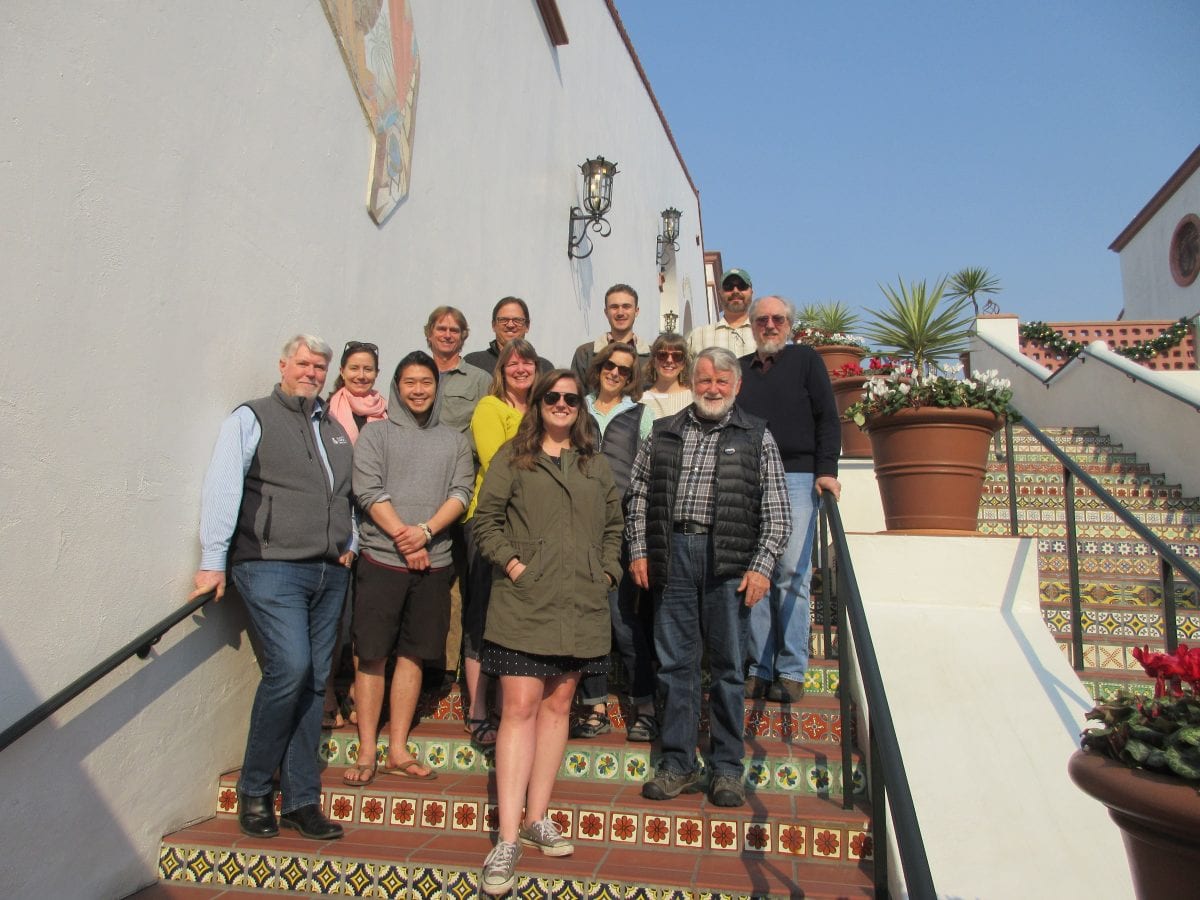Salmon are a cultural touchstone in Alaska
There is an incredible opportunity to sustain the landscape that supports them before it becomes too late. Our goal as a working group is that through regional ecosystem-based understanding of salmon habitat, stakeholders will be able to make informed decisions that increase community stewardship of the landscape and result in greater salmon resiliency.

